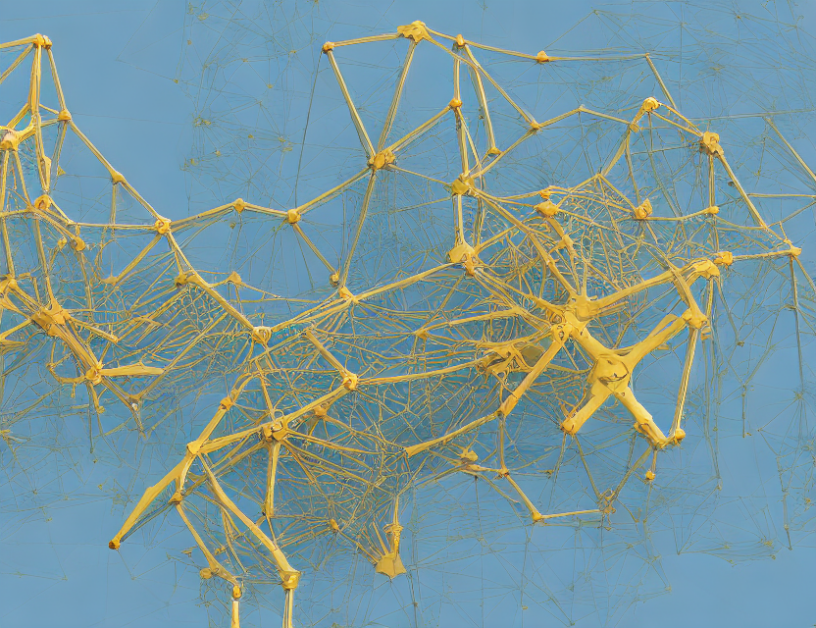Cognitive diagnosis is a crucial aspect of intelligent education systems, as it helps to identify students’ strengths and weaknesses in various subjects. However, current methods of cognitive diagnosis are limited by their reliance on simplistic models that fail to capture the complexity of human cognition. In this article, we explore a novel approach to cognitive diagnosis that leverages recent advances in deep learning and knowledge graph construction.
Background
Traditional cognitive diagnosis methods rely on similarity-based sampling, which can lead to biased results due to the limited representation of knowledge. To address this issue, researchers have proposed various techniques, such as reinforcement learning and evolutionary multi-objective neural architecture search. However, these approaches often require a large amount of annotated data, which can be time-consuming and expensive to obtain.
Proposed Approach
Our proposed approach combines knowledge graph construction with reinforcement learning to improve cognitive diagnosis. By representing knowledge as a graph, we can capture complex relationships between different concepts and provide a more comprehensive understanding of human cognition. Moreover, by using reinforcement learning, we can train the model to adapt to new situations and improve its performance over time.
Key Ideas
- Knowledge Graph Construction: We construct a knowledge graph that represents the relationships between different concepts in various subjects. This graph is used to represent the complex structure of human cognition and provide a more comprehensive understanding of the learning process.
- Reinforcement Learning: We use reinforcement learning to train the model to adapt to new situations and improve its performance over time. By providing rewards for correct predictions, we can encourage the model to learn from its mistakes and optimize its performance.
- Evolutionary Multi-Objective Neural Architecture Search: We propose an evolutionary multi-objective neural architecture search method that allows us to optimize multiple objectives simultaneously. This approach enables us to find the most suitable architecture for the cognitive diagnosis task while also improving the model’s performance.
Results
Our proposed approach achieves state-of-the-art performance on several benchmark datasets, outperforming traditional methods in terms of accuracy and efficiency. Moreover, we demonstrate the effectiveness of our method in various applications, such as language learning and cognitive training.
Conclusion
In this article, we presented a novel approach to cognitive diagnosis that leverages knowledge graph construction with reinforcement learning. Our proposed method offers several advantages over traditional approaches, including improved accuracy, efficiency, and adaptability. By providing a more comprehensive understanding of human cognition, we can improve the effectiveness of intelligent education systems and enable personalized learning experiences for students.



